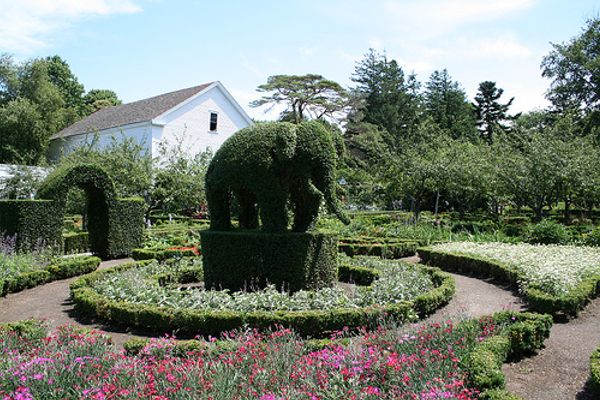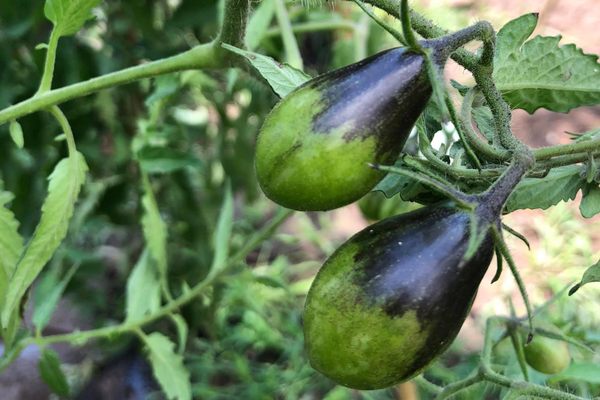AO Edited
Rhode Island Red Monument
A tribute to Rhode Island's state bird, a domesticated chicken breed that dominated the 19th-century poultry industry.
Next to the town baseball field in the Adamsville hamlet of Little Compton, Rhode Island, in the state’s southeastern corner, stands a rough-hewn granite monument with a bronze tablet bearing the likeness of a large chicken. Created by American sculptor Henry L. Norton and erected in 1925 by the Rhode Island Red Club, the memorial commemorates “the birthplace of the Rhode Island Red breed of fowl which originated near this location.” The poultry breed became integral to the area’s agrarian economy during the late 19th and early 20th centuries. In 2001, the monument was added to the National Register of Historic Places.
In 1854, William Tripp, a local farmer, began experimenting with poultry breeding. He acquired exotic fowl brought back from Asia on New Bedford whaling ships. The Asian roosters were exceptionally tall with bright red feathers and unusually long, skinny legs and necks. Tripp then bred these exotic fowl with his own barnyard hens.
Tripp noticed that the resulting offspring were plumper, meatier, and more prodigious egg producers—an almost perfect domestic chicken. The new “Tripp fowl” caught the attention of neighboring farmers, including Isaac Wilbour, who was working on a large-scale egg and meat production plan. Wilbour bought a few of Tripp’s hens for breeding with his own roosters. The chickens from the union exceeded expectations and became the foundation of Wilbour’s expanding flock. By 1890, Wilbour’s 500 hens laid almost 2 million dozen eggs a year—an unprecedented commercial achievement. Other farmers followed Wilbour’s production model, and Little Compton became, for a time, the egg and poultry capital of the world.
Wilbour named the breed “Rhode Island Reds” because of their characteristic red plumage. By the 1870s, the Rhode Island Red was one of the most popular poultry breeds in the United States. William Tripp’s daughter, Rebecca, is credited with the idea of selling Rhode Island Red egg sets to poultry fanciers, and those efforts resulted in flocks of red chickens nationwide. Although eventually replaced by more modern breeds, most brown-shelled eggs are still produced by the descendants of the original Rhode Island Reds.
The placement of the Rhode Island Red Monument was not without debate. The Rhode Island Red Club of America wanted the monument in a prominent location in Adamsville where tourists would readily view it. Conversely, local supporters wanted it placed near the Tripp farm where the breed originated. The Adamsville location prevailed. Then, in 1954, to commemorate the 100th anniversary of the Rhode Island Red, a plaque was placed at the intersection of Long Highway and William Sisson Road, marking the property where William Tripp first bred his famous chickens. The simple centennial tablet reads, “On this farm was originated the Rhode Island Red breed of poultry 1854–1954.” That same year, the Rhode Island Legislature designated the Rhode Island Red the state bird, beating out the osprey and the ruby-throated hummingbird.
















Follow us on Twitter to get the latest on the world's hidden wonders.
Like us on Facebook to get the latest on the world's hidden wonders.
Follow us on Twitter Like us on Facebook